Germany’s ZEW Economic Sentiment soared to 9.8 in November, far surpassing the anticipated 4.9, signaling increasing optimism among financial market experts. However, Current Situation Index barely moved, nudging from -79.9 to -79.8, and falling short of expected -75.5.
Eurozone’s ZEW Economic Sentiment experienced a similar upswing, rising from 2.3 to 13.8, well ahead of the forecast of 6.1. Despite this, Current Situation Index in Eurozone showed a decline, dropping by -9.4 points to -61.8.
Achim Wambach, ZEW President, noted that while current economic conditions are still challenging, there’s growing optimism. He added, “These observations support the impression that the economic development in Germany has bottomed out.”
The increase in economic expectations is supported by a more positive view of the German industrial sector and both domestic and foreign stock markets. Additionally, “inflation and short- and long-term interest rates also appear to have reached turning points in expectations,” he added.




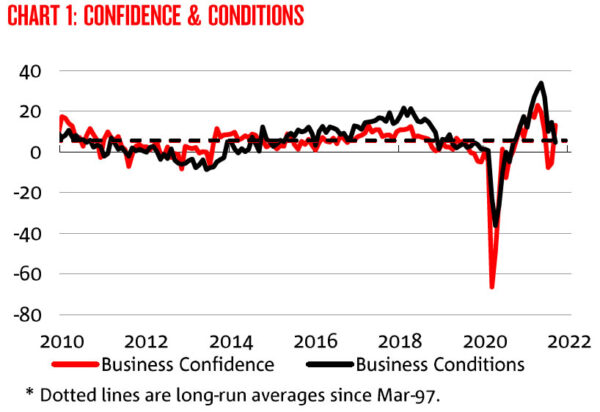
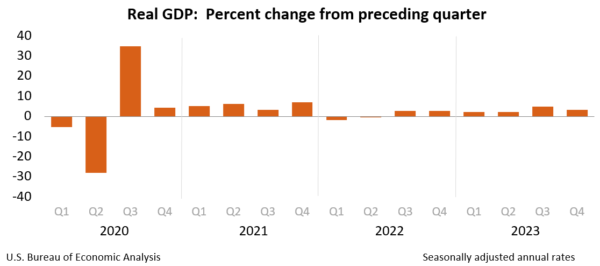
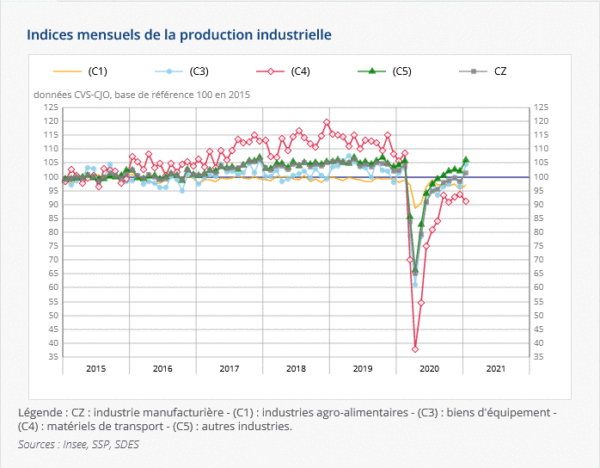
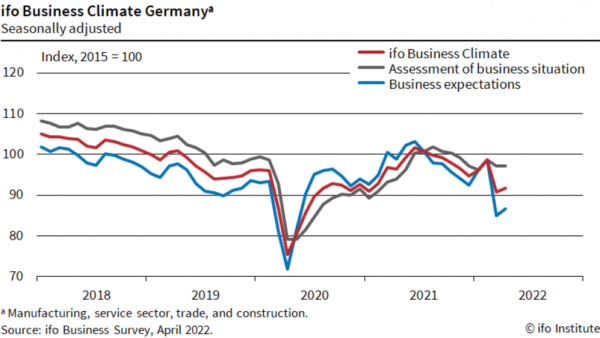
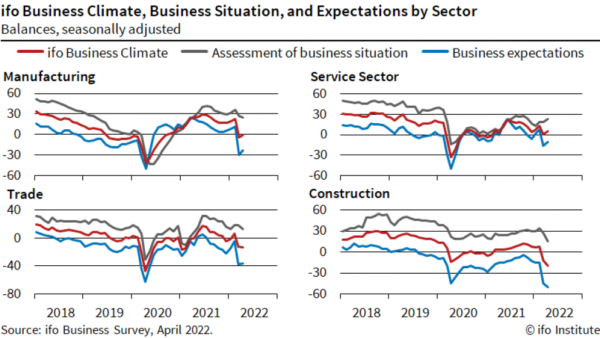
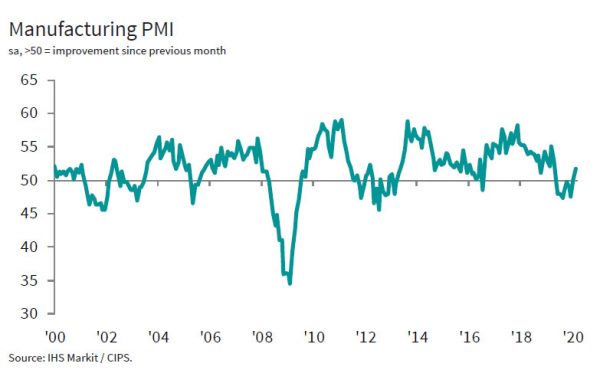
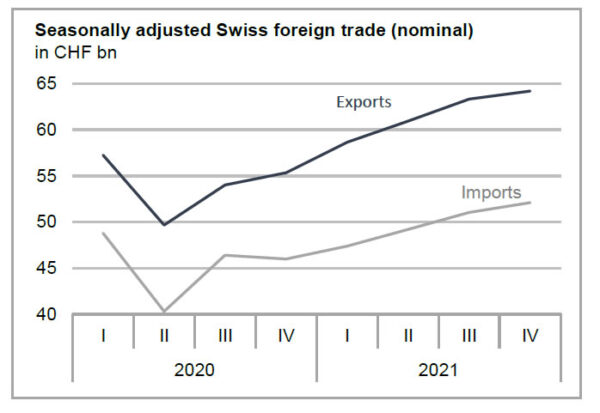
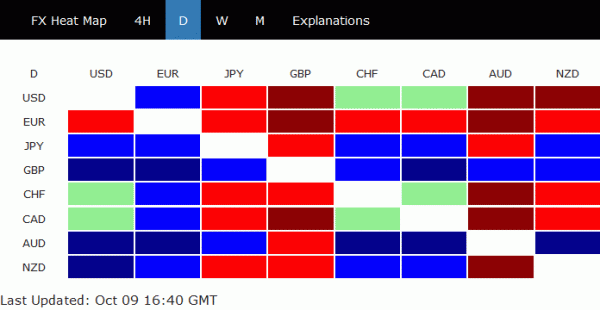

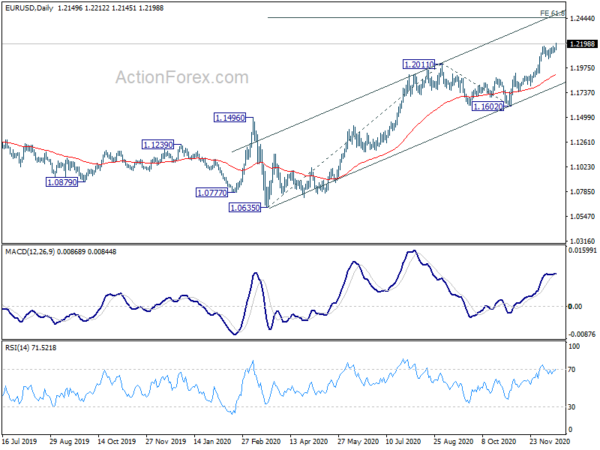
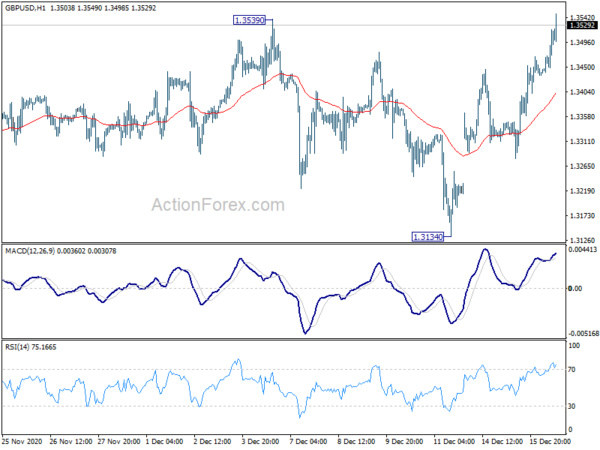


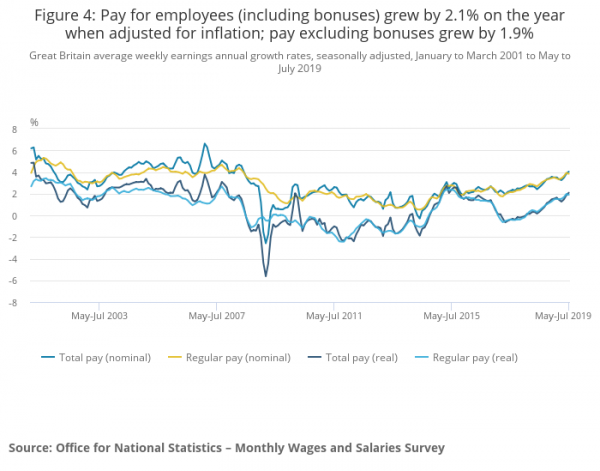
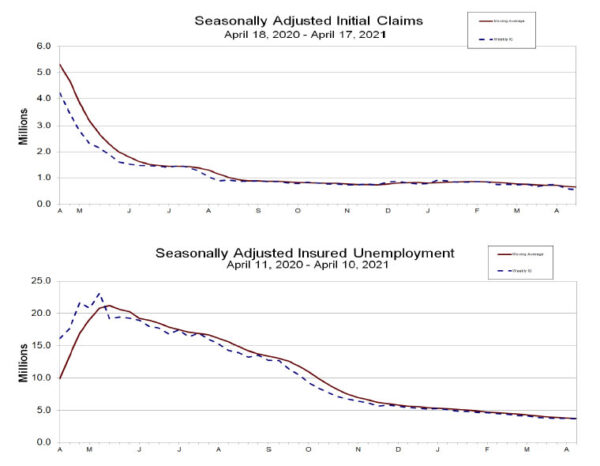
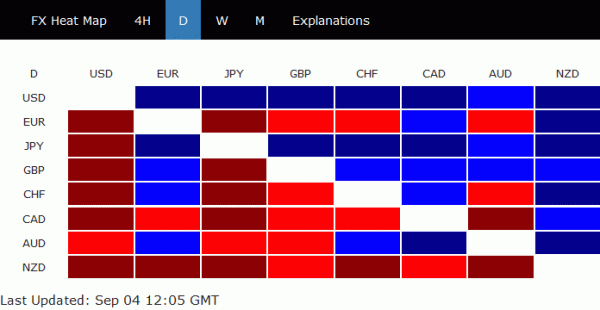
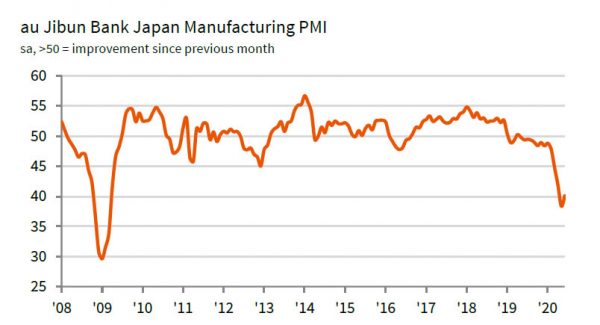

Australia AiG manufacturing rose to 59.9 in Mar, highest since 2018
Australia AiG Performance of Manufacturing Index rose to 59.9 in March, up from 58.8. That’s the highest level since March 2018, and indicates a sixth consecutive month of strong recovery. Looking at some details, production dropped -8.6 to 57.2. Employment rose 8.2 to 66.0. New orders rose 3.6 to 63.5. Exports dropped -2.8 to 51.3. Input prices dropped -2.8 to 71.3. Selling prices rose 8.5 to 59.7.
Ai Group Chief Executive Innes Willox said: “The strong recovery in Australian manufacturing gathered further pace in March with growth across the full range of sectors. Production and sales continued to expand despite pulling back from very rapid rates of growth in February. Employment growth surged with manufacturers’ confidence boosted by buoyant levels of new orders. The machinery & equipment sector benefitted from higher demand from across the industrial, mining and agricultural sectors while the metal products and building equipment sectors supplied into healthy levels of residential construction and infrastructure activity.
“Some growing pains are evident with deliveries of inputs not keeping up with sales of finished products and with reports of skill shortages becoming more widespread. The challenge over the next couple of months will be to maintain momentum as fiscal support is wound back further and while COVID-19 remains a threat.”
Full release here.